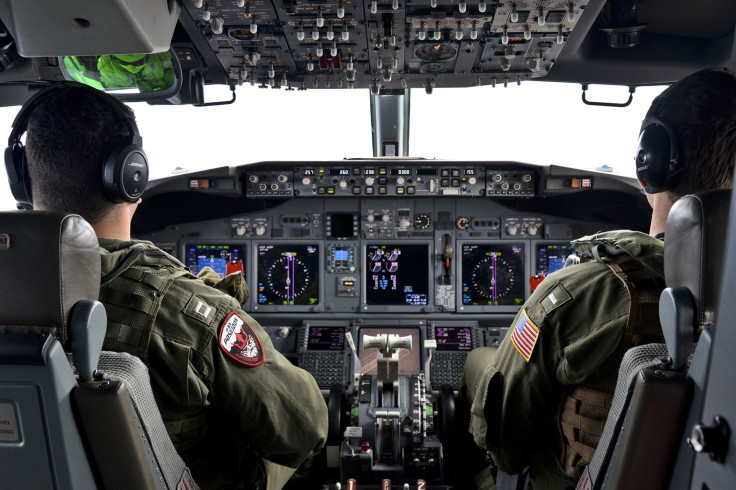After Jordanian Pilot Killed By ISIS, US Moves Rescue Planes Closer To Battleground: Report

The United States has moved search-and-rescue aircraft closer to the battleground after the killing of a Jordanian pilot by the Islamic State group exposed a loophole in the U.S.-led coalition airstrikes -- a lack of plan to rescue a pilot who crashes into the enemy’s territory.
Although ISIS has limited ability to shoot down an aircraft, the lives of the U.S. pilots flying missions over Syria on a day-to-day basis are increasingly at risk with no U.S. troops stationed nearby. According to three U.S. defense officials, the government has recently addressed the issue by moving search-and-rescue planes into northern Iraq to respond quickly in the event of any pilot loss, the Associated Press (AP) reported.
“Given that we now know that captured pilots are likely to be tortured and killed, we've taken another look at our search-and-rescue package and probably ramped it up and gotten it closer to the scene of potential action,” Peter Mansoor, a retired Army colonel who served in the Iraq war, told AP.
Finding a pilot before he is captured by the enemy took precedence after ISIS released a video last month, showing its militants burning the Jordanian pilot Lt. Mu'ath Safi al-Kaseasbeh alive in a cage. Al-Kaseasbeh’s F-16 crashed over Syria in December, and after he parachuted into a lake, he was quickly captured by ISIS fighters and held hostage until he was killed on Jan. 3.
The U.S. has conducted about 900 airstrike missions over Iraq since last August while more than 900 have been carried out over Syria since September -- all without losing a single pilot. The U.S.-led coalition, on the other hand, has conducted over 350 missions over Iraq and more than 80 over Syria, with al-Kaseasbeh’s death being the only casualty so far, AP reported.
On Thursday, the U.S. Central Command said in a statement that the U.S.-led coalition against ISIS conducted airstrikes in Syria and Iraq, resulting in the destruction of extremist group’s units, vehicles and several staging locations.
“On Feb. 4, U.S. and Coalition military forces continued to attack ISIL terrorists in Syria, using bomber, fighter and remotely piloted aircraft to conduct three airstrikes. Separately, U.S. and Coalition military forces conducted nine airstrikes in Iraq, using bomber, attack, fighter and remotely piloted aircraft against ISIL terrorists,” according to the statement.
© Copyright IBTimes 2024. All rights reserved.






















